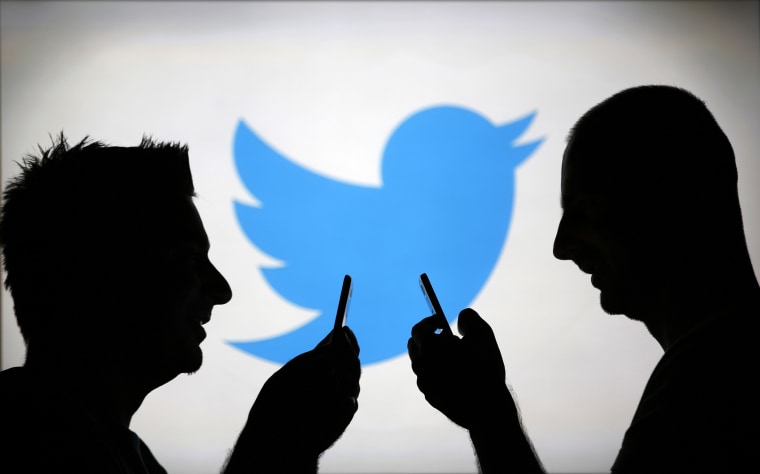Trolls that hurl abuse on Twitter will find it a little harder to weasel their way into conversations thanks to a new update released by the social media company on Tuesday.
Twitter announced that it will begin to use behavioral signals — for example, if an account constantly mentions another account that does not follow them — in the programming that decides what content shows up in “communal areas” such as search and conversations.
The change by Twitter is part of the company’s broader effort to improve what it has called “healthy conversation.” Twitter won’t remove content from trolls that don’t violate its rules, but it will make some tweets harder to find. Twitter’s new behavior-based technology can now bury tweets from those accounts that its system flags as problematic under a “see more replies” link in conversations and a “see everything” option in search.
These might sound like small changes, but Twitter CEO Jack Dorsey said he believes they represent a serious step by the company toward a better future for the platform.
“We want this approach to last for the next hundred years, not just now,” Dorsey said during a briefing with reporters on Monday.
Twitter has had to walk something of a tightrope in how it handles abuse on its platform, balancing efforts to crack down on abuse and harassment against claims that it has begun to censor certain points of view.
Twitter has relied on a combination of human review and machine learning to organize tweets. Now, the company is throwing behavioral signals into the mix as a way to weed out problematic accounts before they’re ever reported.
Those signals include whether an account has a verified email address, if a person registered several accounts in one day or if an account is repeatedly tweeting at someone who doesn’t follow them back. Additionally, Twitter will keep an eye on accounts connected to repeat offenders to see how they interact.
Twitter stressed that its abuse problem is limited to a small number of accounts — the company says less than 1 percent of users — that generate the majority of Twitter’s abuse reports. Many of those accounts do not violate Twitter’s rules, according to the company.
Twitter has been quietly testing the update in several global markets. Twitter said it saw a 4 percent drop in abuse reports from search and an 8 percent decline in abuse reports stemming from conversations when using the new signals.
While Twitter says it’s an improvement, it also said it doesn’t expect to get it right every time, but pledged to be “open and honest about the mistakes we make and the progress we are making.”
The update builds on a Twitter thread Dorsey shared in March in which he asked for outside ideas on how Twitter can fix its toxic environment. Additionally, he said Twitter would expand its focus beyond removing offending content from the platform to include building a framework that would encourage more healthy debate.
For all of the happy viral tweets and ways Twitter has been used to help connect people in times of political upheaval, the platform has also struggled with how to contain its ugly side.
Milo Yiannopoulos, a former editor for the conservative news site Breitbart, was permanently banned from Twitter for harassing the comedian Leslie Jones. After Robin Williams' death, his daughter, Zelda, took a break from Twitter after she was targeted by trolls.
While the new focus on conversational health is a step in the right direction, Dorsey said it certainly won’t be a cure-all for Twitter’s woes.
“This is just one change,” he said, “with much more work to come.”
